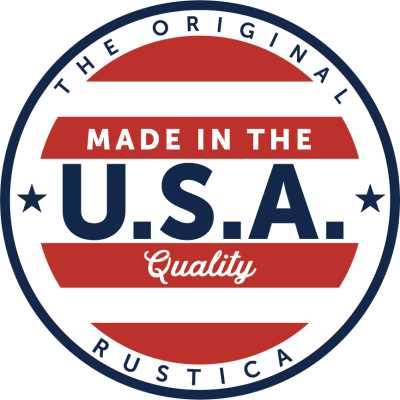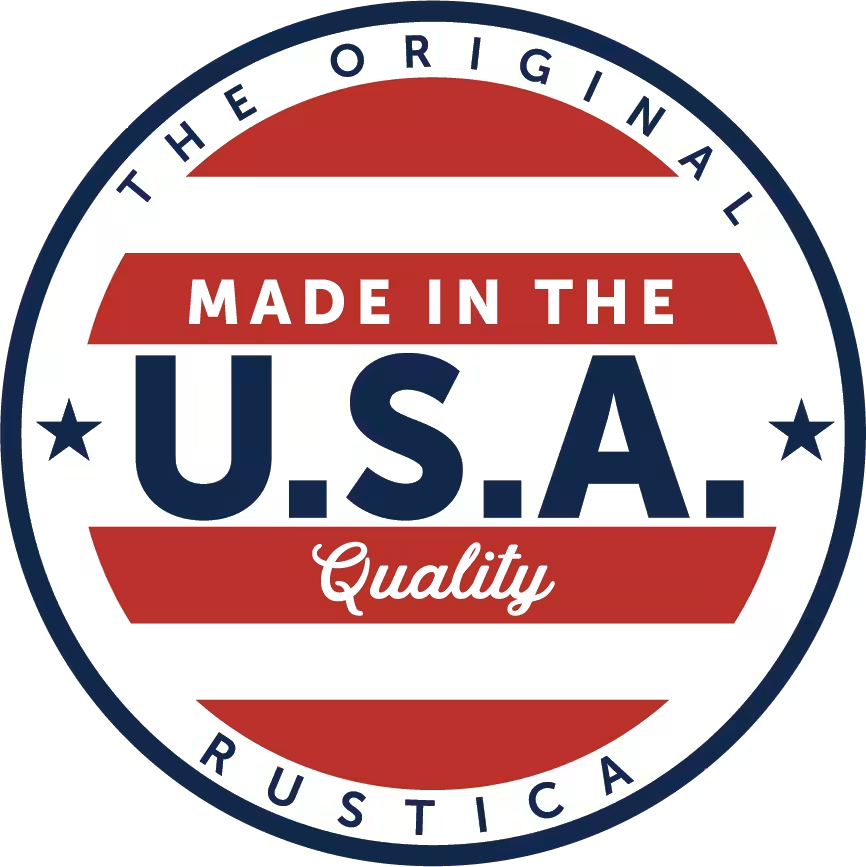800-891-8312
FREE SHIPPING* Most orders over $500 qualify. Free shipping applies to Barn Door Hardware, Barn Doors, and Pocket Doors over $500. Front doors, interior doors, shower doors, any oversized door (wider than 3ft and taller than 7ft) and any special order doors have shipping costs which are calculated at checkout. Some barn door hardware track lengths do not qualify for free shipping.

What is Annealed Glass?
Tuesday, May 2nd, 2023
Share
As you’ve probably discovered in your window or door buying process, there are several types of glass to choose from. Understanding each type of glass will greatly assist you in designing the perfect window or door for your home or business.
Annealed glass is one of the most common types of glass. By learning the advantages and disadvantages of annealed glass, you can make an informed decision on whether or not annealed glass is right for your project.
Annealed glass is a type of float glass (the most basic form of a glass pane) that goes through an “annealing process.” This process involves slowly cooling the glass during fabrication. This slow cooling phase relieves internal stress and increases the glass’s strength and durability. Because the glass is specifically heated and then cooled in a controlled setting, it allows the glass structure to be re-treated, cut, shaped, polished, or drilled without the risk of causing internal stress that could cause the glass to shatter or break. Given annealed glass’s advantageous structure, it is the base glass used for further treatment or heating.
While it is stronger than float glass, it is not nearly as strong as tempered glass, heat strengthened glass, or laminated glass. Moreover, when broken, it shatters into multiple sharp glass shards.
Annealed glass can be further treated to enhance its strength and or energy efficiency. However, once treated, the glass is no longer annealed glass and is now classified as whatever it was treated to become, such as low e glass or tempered glass.
When annealed glass breaks, it shatters into sharp shards. When we think of a moving vehicle or an office building with giant windows, it would be extremely dangerous for sharp shards of glass to fall on those nearby. Tempered glass is safer and four times stronger than annealed glass. Rather than shattering into sharp-edged shards when broken, tempered glass breaks into small, dull cubes that pose less of a threat to nearby occupants. Plus, it’s harder to break because of its strength.
Just as annealed glass goes through an “annealing process,” tempered glass goes through a “tempering process” during glass fabrication. Tempered glass is made from annealed glass that is heated at extreme temperatures, more than 1,000 degrees Fahrenheit. Then, the glass is rapidly cooled by a machine that blows frigid temperatures at it. Through exposure to extreme temperatures, the glass changes its structure. The outer surface of the glass cools much faster than the internal glass, which creates tension internally as the outer surface compresses. This is how glass is “tempered” and becomes stronger and safer than annealed glass.
Tempered glass windows and doors are the preferred glass type for commercial storefront windows and wherever human safety is a concern. Because it’s harder to break, it’s a preferred window glaze for businesses or homes that want to prevent break-ins. It is also commonly used for household appliances, shower doors, automobile side and rearview windows, glass surfaces, and glass doors.
Tempered glass is a custom window and door glaze, as it has to be made to size and can’t be cut after going through the tempering process, as cutting may damage the tempered structure. This is another way that it differs from annealed glass, which can be cut after it’s made.
An annealed glass sheet can come in a variety of thicknesses, sizes, and colors. The thicker the glass, the stronger and more energy efficient it will be. While annealed glass is cheaper than other glass options, it is still a high-quality glass that resistant to thermal stress and breakage.
Due to annealed glass being the more economic glass choice, it’s perfect for affordable annealed glass windows for the home.
This benefit allows for more flexibility, which is favorable if you’re using an annealed glass sheet for an art project or designing a custom window. That way, if the glass needs to be resized, you can easily have it adjusted.
Moreover, if you’re designing an intriguing decorative window or a mirror with curved glass, annealed glass is best, as it can be shaped without damaging its structure.
The controlled annealing process produces annealed glass sheets that are distortion free with an impeccably smooth glass surface. Tempered, laminated, and heat strengthened glass are more prone to distortion due to their unique fabrication process that produces slight imperfections in the form of minuscule waves imperceptible to the eye.
The distortion-free nature of annealed glass makes it perfect for home windows, doors with windows, or clear glass cabinet doors.
Clear glass annealed windows are perfect for the home where you want abundant light shining through. To increase the energy efficiency of your annealed glass windows, you can add a low e coating. This coating decreases the amount of UV rays and heat that pass through the window without minimizing the amount of light passing through.
For the average homeowner, however, this is less of a concern. However, in areas that receive frequent severe storms, it may be worth investing in a safety glass that won’t be as hazardous to clean up.
For example, sidelight windows next to the front door and the front door window may need to have safety glass for the window glaze. This is because that area receives a lot of pressure from the door being consistently opened and closed. If the door were to be slammed for whatever reason, you would want the glass to be strong enough to withstand the force of impact. Annealed glass isn’t strong enough to withstand direct impact; thus, safety glass is needed in such areas.
Because annealed glass is not as durable as other types of glass, it may have a shorter life span and an increased risk of breaking from direct pressure.
If used in a double pane window as part of an insulated glass unit (IGU), the window would be more insulting and energy efficient. If applying a low e coating to the annealed glass window, it would be even more energy efficient. In this way, annealed glass isn’t very insulating on its own, but it can be easily customized to be more energy efficient.
No matter which glass type you choose, Rustica is here to help you design your custom window or glass door today! As the world’s most trusted source for designer doors, windows, and hardware, we’re confident we can help you create the exact window or door you’ve been dreaming of. Contact us today—we can’t wait to help you bring your design project to life!
Pros and Cons of Annealed Glass
Pros of Annealed Glass:- Affordable
- Easily Cut, Drilled, and Shaped
- Distortion Free
- High Natural Light Visibility
- Breaks into Sharp Shards
- Can’t be Used in High-Traffic Areas
- Not as Durable
- Not very Insulating
What is Annealed Glass?
Annealed glass is often referred to as ‘regular glass’ or ‘ordinary glass’ as it has not been heat-treated or coated. It is the minimum standard for glass installation in the home for glass structures, windows, and doors. Because of this, it is the most affordable option on the market.What is the Difference Between Annealed and Tempered Glass?
Annealed vs tempered glass: which is better? Both of these glass types are highly popular, as they each have their advantages. Tempered glass is a type of safety glass that’s used for a variety of functions other than windows. Tempered glass differs from annealed glass through how it breaks and how it’s made.Pros of Annealed Glass
Affordable
Because annealed glass is one of the most common types of glass, and it’s the minimum standard glass for the home, it’s the most affordable glass on the market. Its price also reflects that it does not have to go through a complicated heating or cooling process, as many other glass types do.Easily Cut, Drilled, and Shaped
As mentioned, annealed glass can be cut, drilled, or shaped after it’s gone through the annealing process. This is a key advantage to annealed glass, as other glass types, such as tempered glass, can’t be cut, drilled, or shaped after the tempering process.Distortion Free
Distortions occur in glass windows and doors when there is a slight curve or indentations in the glass surface. When light hits these imperfections, it can distort the image. While this is beneficial for textured glass, which is used in certain types of windows or shower doors, most homeowners don’t want their glass to look distorted.High Natural Light Visibility
Annealed glass sheets allow roughly 87% of light to pass through the glass. Annealed glass can come in three common types: frosted glass, clear glass, and tinted glass. Out of those three, clear glass is the most popular, as it has no distortions or tints, allowing for the most natural light to pass through.Cons of Annealed Glass
Breaks into Sharp Shards
When annealed glass breaks, it shatters into sharp glass shards. These large shards of glass pose a safety risk to nearby occupants and are hazardous to clean up. Because of this, annealed glass cannot be used in most commercial applications.Can’t be Used in High-Traffic Areas
While annealed glass can be used for most home windows in a residential setting, there are still residential building codes that require safety glass in certain areas. These areas are referred to as high-traffic areas, and pertain to frequently used entryways that receive a lot of traffic and use.Not as Durable
While annealed glass is stronger than regular float glass, it is still the weakest available glass for architectural design. Heat-strengthened glass is two times stronger than annealed glass, while tempered glass is four to five times stronger than annealed. Its weaker nature makes it less durable than other types of glass.Not Very Insulating
If annealed glass is used for a single-pane window, the results would be poor insulation, and it wouldn’t be an energy efficient window. Annealed glass, on its own, isn’t considered the top energy-performing glass type.When and Where to Use Annealed Glass
Annealed glass is used for several appliances and household structures. These include:- Windows
- Door window glass
- Patio doors
- Glass cabinet doors
- Light fixtures
- Glass tabletops
- Coffee tables with a glass table top
- Skylights
- Mirrors
Rustica’s Custom Annealed Glass Windows and Doors
Now that you know what annealed glass is, how it compares to other types of glass, and its key advantages and disadvantages, you can decide whether annealed glass is the right glass type for your project.

Rustica Shop & HQ 1060 Spring Creek PlaceSpringville Utah 84663Customer Service & Sales(800)-891-8312

Hitching Post
Event Venue
1520 N Main Street
Springville UT 84663
PRODUCTS
FEATURES
COMPANY
BUSINESS



